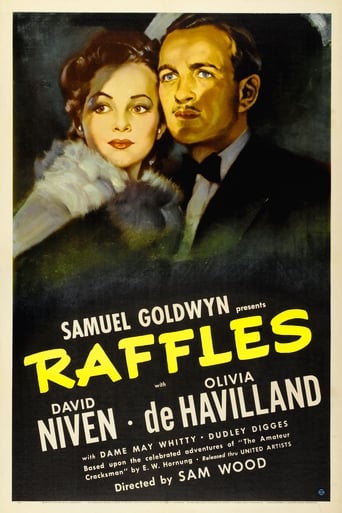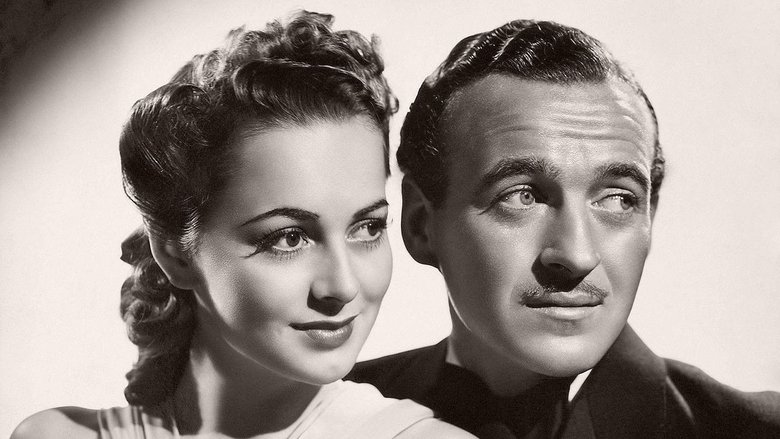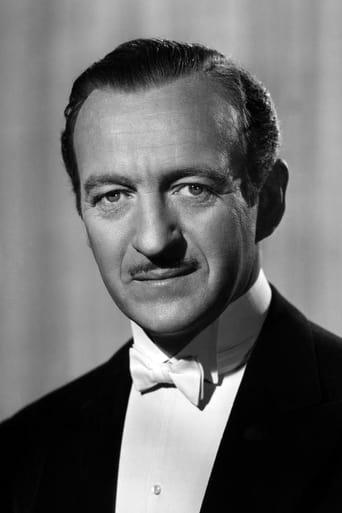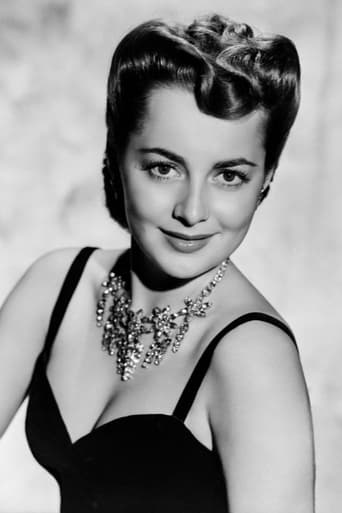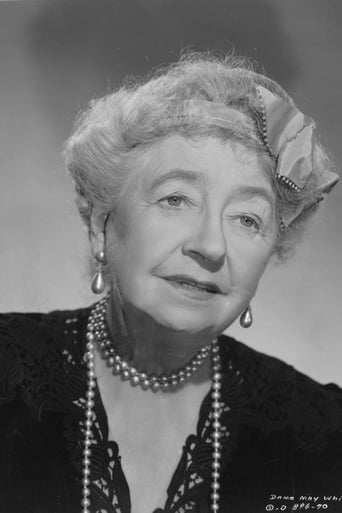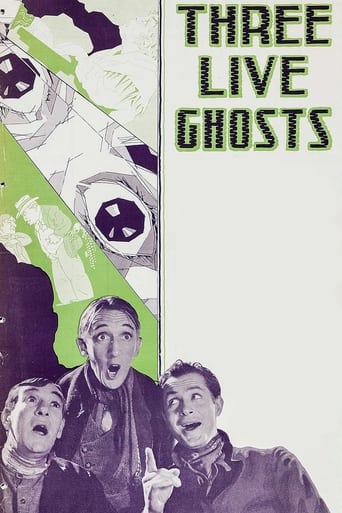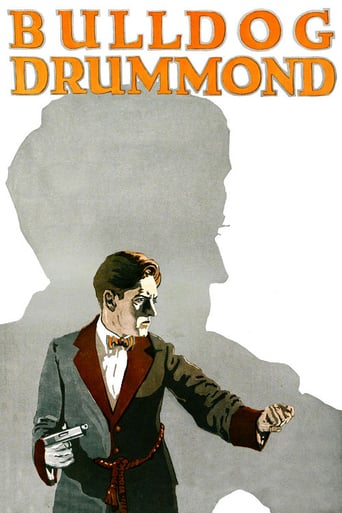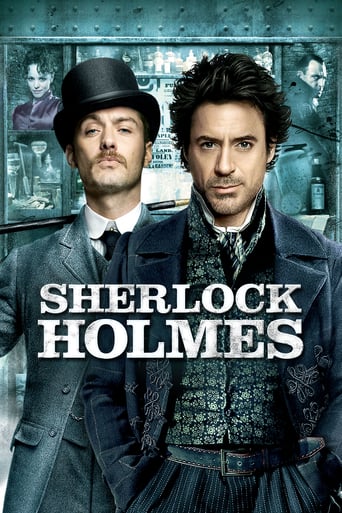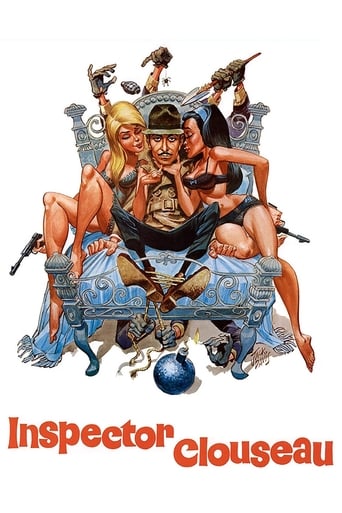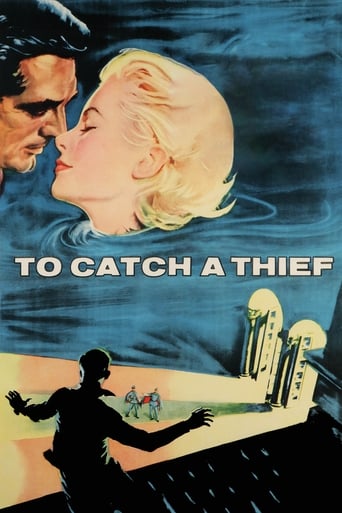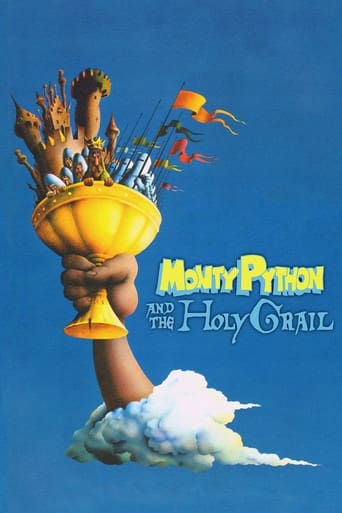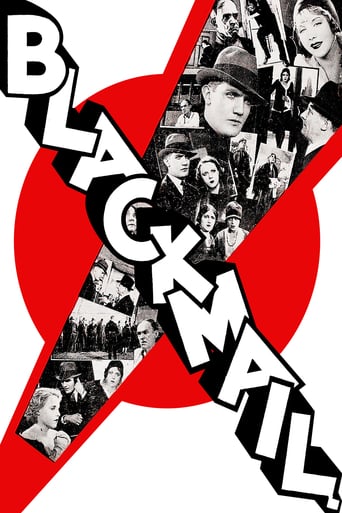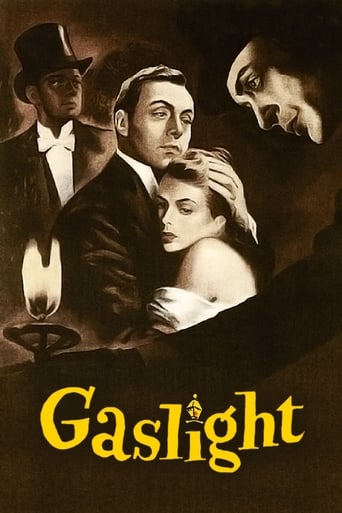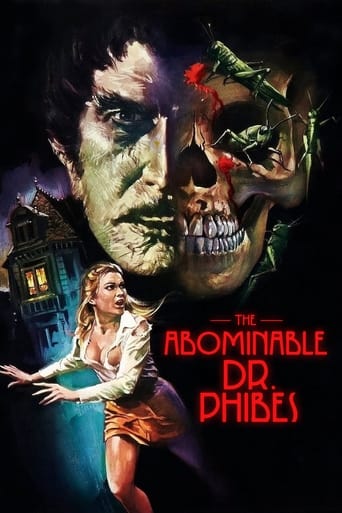Raffles (1939)
Man about town and First Class cricketer A.J. Raffles keeps himself solvent with daring robberies. Meeting Gwen from his schooldays and falling in love all over again, he spends the weekend with her parents, Lord and Lady Melrose. A necklace presents an irresistible temptation, but also in attendance is Scotland Yard's finest, finally on the trail.
Watch Trailer
Cast


Similar titles
Reviews
I like the storyline of this show,it attract me so much
Slow pace in the most part of the movie.
People are voting emotionally.
Absolutely Fantastic
Producer: Sam Goldwyn. Copyright 24 January 1940 by Samuel Goldwyn. Released through United Artists. Presented by Samuel Goldwyn. New York opening at the Roxy: 12 January 1940. Australian release: 2 May 1940. 8 reels. 6,444 feet. 71½ minutes. SYNOPSIS: Social cricketer takes up jewel thieving for fun and profit.NOTES: William Wyler directed the cricket scenes. F. Scott Fitzgerald also worked on the script, but contributed little of significance.COMMENT: Ernest William Hornung was Sir Arthur Conan Doyle's brother-in-law. What more natural than that he should pen a rival series of stories featuring a thief instead of a detective? Like Sherlock Holmes, these stories were originally published in a monthly periodical. Like Sherlock, they are narrated in the first person by an accomplice of the principal character. There, unfortunately, the similarity stops. Hornung's writing style is always bland and often long-winded, his characterization weak and his dialogue dull. The plots have little sting and are often resolved by a most disappointing let-down.His first book collection, entitled simply Raffles (1899), contains fourteen short stories. The first eight were part of the original magazine series. The remaining six form a "Return of Raffles". The film script doesn't touch upon any of these last six stories at all. Instead it is largely based upon the two stories that are connected: "Gentlemen and Players" and its sequel, "The Return Match", plus a substantial part of "The Ides of March" and a single, chance idea from "Nine Points of the Law". (The most exciting story, "A Costume Piece" in which Raffles adopts some effective, Holmesian-style disguises is not used at all.)Howard and Van Druten have done a marvelous job combining these stories and the resulting film very faithfully reflects Hornung's original - right down to the weak climaxes. Of course the characterizations in the film - helped as they are by the endeavors of a first-rate cast - are far more exciting.Niven (in his first starring role) is exactly right for the true-blue sporting blood, A.J. Raffles. It's a role he was born to play and he loses not a single opportunity to be charming, witty and gallant on the one hand, roguish, twinkle-eyed and cunningly resourceful on the other. Miss de Havilland has little to do but look decoratively uncomfortable, while Dame May Whitty gives her usual vigor to a characteristically strident dowager. Dudley Digges has one of the film's meatiest parts which he puts over with such unsubtle insinuations as to compel attention even in his less dramatic scenes.Aside from Douglas Walton (who makes Bunny far too weak a character), the rest of the players led by Lionel Pape's Lord George are solidly supportive, although Peter Godfrey (soon to become a major director) overdoes the Cockney accent and mannerisms. His Crawshay (as written and played) is too much a caricature - a fault that is not found in the book.As we might expect from Sam Goldwyn, the film is immaculately produced. Photography, sets, costumes are most attractive. Wood stepped into the director's chair straight from his stint on Gone With The Wind. From all accounts, he was worn out. (William Wyler directed the cricket scenes when he was off ill for a few days). And Raffles looks like the work of a tired man. The direction is flat, straightforward and pedestrian. Not only are the camera angles persistently routine and unimaginative, but the pace is slow and the editing slack. The whole film lacks sparkle.And as for those weak climaxes! It's one thing to get the hero into those all-odds-against him situations, but we expect the writers to extricate him with a modicum of ingenuity. This, they signally fail to deliver.OTHER VIEWS: Slight, but entertaining and filmed with impeccable taste. As usual, producer Samuel Goldwyn has surrounded himself with the very finest writers, technicians and players. One couldn't help but make an enjoyable film with such a tower of talent! The acting especially is delightful, with Niven exactly right as the charming if rascally Raffles, while Dudley Digges, his watchful nemesis, burrs away with a hearty Scottish accent.
I'm an great admirer of the Raffles books. E W Hornung was a better writer than the more famous Arthur Conan Doyle, his more famous brother in law. The stories were very well constructed,characters well-defined and deserved classics. This is a thin lazy adaptation, combining of several of the stories losing a great deal of what was important. It is though a scene by scene and largely word for word re-make of the superior 1930 Ronald Colman version.One, and perhaps the, reason for the remake seemed obvious to me. The 1930 version was too steamy and too suggestive for 1939. When Ronald Colman courteously escorts the large and elderly Lady Melrose to her bedroom and wishes her goodnight, Lady Melrose affects to mishear and Colman repeats with great emphasis the finality of NIGHT!. It is made very clear from their expressions that Lady Melrose was hoping Colman would join her. It think it was not perhaps until the 1970s that Hollywood would again dare suggest such a thing. Colman's love interest is clearly passionately besotted with him and would do anything for him. It was realism but of a kind which Hollywood would I think never portray again. Firstly Hayes Code prudery and later the box office obligation to show women as heroic and independent.The adaptation removes Bunny's connection with Raffles (formerly a junior at Raffles public (fee paying) school and the odd obligations this entailed. Bunny in this version has little purpose. Raffles was the ultimate professional thief and corrupts Bunny and in the process teaches him (and the reader) his philosophy of life and crime. His cricket was a calculated necessary high profile front. Raffles lived alone without a servant - his night time arrivals and departures, often in disguise made that obligatoryAs other reviewers have said, Niven makes a good job of his part but only Olivia de Havillands loveliness makes the film at all watchable.The best screen rendering of the Raffles was a 1975 British TV series - again combining different stories but a seamlessly invisible adaptation. The interiors were those of a wealthy single gentleman of 1890s London - based on gentleman's clubs. Raffles, Bunny and McKenzie were authentically true to the books. It did Hornung honour. BBC Radio has done two versions (at least), first a reading and second a full production complete with distinctive signature tune.Thanks once again to Talking Pictures TV for screening these famous early Raffles versions. Otherwise I would never have known of them.
David Niven and Olivia de Havilland star in this 1939 scene-for- scene, word-for-word remake of a 1930 Ronald Colman/Kay Francis film, "Raffles." The reason for the similarity is that director Sam Wood had just finished what Victor Fleming started on the making of "Gone with the Wind" and wanted to make this next film as easy as possible. That's what Robert Osborne of TCM says. But this outing is still just as good with the always debonair Niven as the "amateur cracksman" – a jewel thief who robs from the filthy rich. Just why he ever started isn't explained. But no one really cares. He had decided to quit, when a good friend in need of funds due to a gambling debt asked him for the dough. He said he didn't have it but could get it. Niven comes across more personable than Colman though; Colman has a superior air about himself and David is so much more laid back and down to earth. But, this film does feel less romantic compared with more sensuous pairing of Kay and Ronald. Kay gave the former film more underlying sex appeal, then Olivia does here. Olivia is given very little to do. The primary action is David's latest theft at a swank party of the elite and how the law has been always trying to get him. "Raffles" of 1939 is a enjoyable little film showcasing the gentleman-actor David Niven at his best, entertaining you and stealing your wallet. Watch it!
Do not know about you but as far as I am concerned, since a child I loved that movie heroes were marginal and risky to steal from the rich and give to the poor. The bank robbers, who without firing a shot-safes to leave the applause encouraged me, and anyone who exposed their lives to bring dignity to the people, deserved a good place on the corner of my heart grateful. Robin Hood was the prototype, and then met the Crimson Pirate the Captain Blood... up to this trendy Raffles who, besides being a famous cricketer, occasionally steals in an art gallery, in an ostentatious jewelry or steals any aristocratic lady a necklace, then, does one need to return, so, so, it will pay the reward. That is, a thief returner. Steal with elegance, but pretend. And what we love about Raffles is that it is a handsome, elegant, well spoken, courteous and able to get along great even with the hound that pursues him ready to catch it as a good salmon. Meanwhile, love and ends up making her an accomplice to the same woman who, one day, also get into the heart of Hood and even the same Blood ¿Do you can believe it? Well, I'll explain in case anyone is not up to date: David Niven ago Raffles "The thief cracksman" as he signs his messages of farewell. And Olivia de Havilland, the love with Erroll Flynn in "The Adventures of Robin Hood" and "Captain Blood", is now Gwen, the girl who wins back the heart of the hero of the day. And that is how: beauty, sweetness, consistency and accessibility. A donut with whipped cream. The film is charming, curious tricks, sharpness of wit and some other really funny situation. The story catches without difficulty and you feel quite at ease with a handful of delightful characters. Believe me, is a detective film... and there's no bad, almost everyone is honest. No for nothing, the same story was made into a movie-in just 23 years-in four successful cases.

